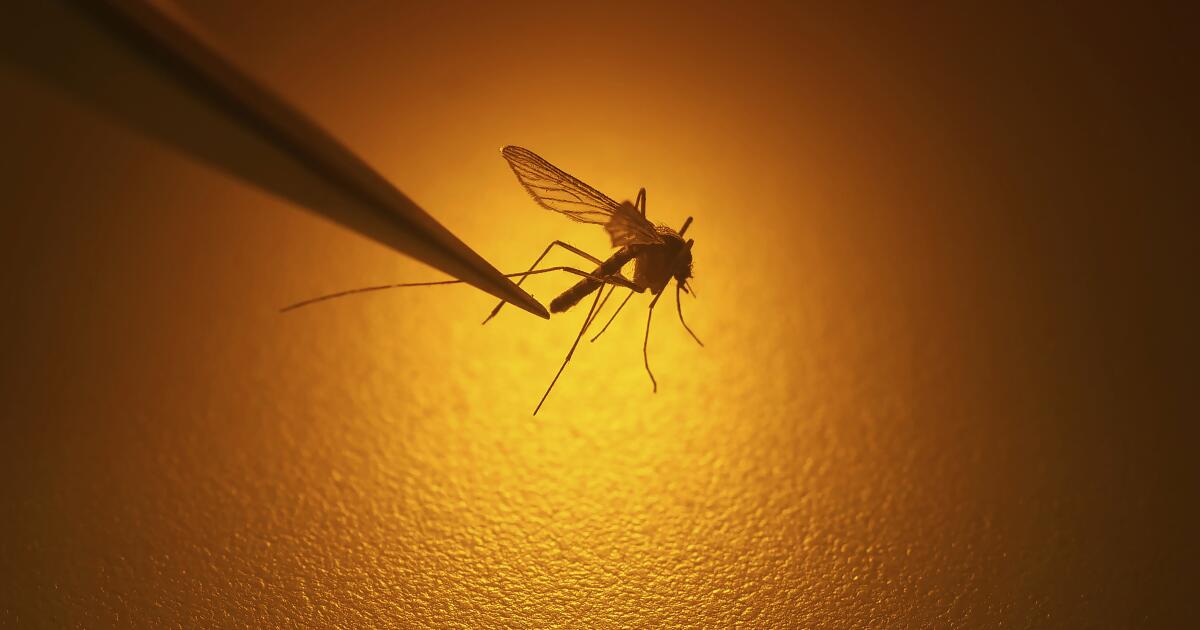
Mosquito breeding season is in full swing in San Diego County and Los Angeles County. In an effort to mitigate the number of mosquitoes and prevent the spread of diseases like West Nile virus, Vector Control Programs in both counties are conducting aerial drops of mosquito larvicide every three to four weeks. The larvicide is not harmful to pets, people, plants or wildlife.
In San Diego County, there are around 27 different species of mosquitoes, with nine having the potential to carry diseases that can spread to humans like West Nile virus. Aerial applications will take place across 1,400 acres around 52 local waterways throughout the county and in Tijuana River Valley. Locations in the Tijuana River Valley with stagnant water are also being treated for protection.
In Los Angeles County, mosquitoes carrying the West Nile virus have been detected for the first time this year in the Winnetka neighborhood of the San Fernando Valley. The Greater Los Angeles County Vector Control District urges everyone to protect themselves from mosquito bites and to eliminate standing water around their homes where mosquitoes can breed.
Mosquitoes lay eggs near or in standing water. Personal protection, such as insect repellent and clothing treated with insecticide, is the first line of defense against mosquitoes. Pools should be chemically treated to prevent mosquito breeding when not in use. Bromeliads, pitcher plants, and certain types of hollow bamboo are favorite homes for mosquito larvae.
Neglected swimming pools with green water can also be reported to the local vector control district for treatment. Experts recommend emptying out any standing water in rain gutters, buckets, planters or any other area that can hold water for more than a week.
Mosquito populations are monitored for potential mosquito-borne illnesses. The main spreader of the West Nile virus in California is the culex mosquito, which becomes infected with the virus by feeding on the blood of infected birds. The disease is usually spread to humans through mosquito bites.
About 20% of people infected with West Nile virus have symptoms, which can include fevers, headaches, body aches, nausea, skin rashes and fatigue. In rare cases, the infections can lead to serious brain and spinal cord inflammation. People who are 60 and older have a higher risk of complications.
There is no human vaccine for West Nile virus. Public health officials say the best way to protect yourself is to wear insect repellent and long sleeves and pants in mosquito-infested areas.


